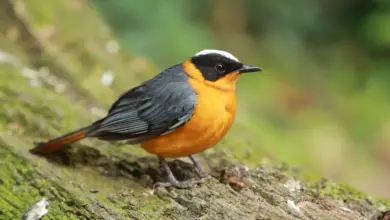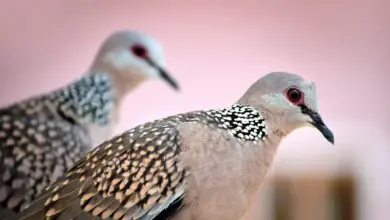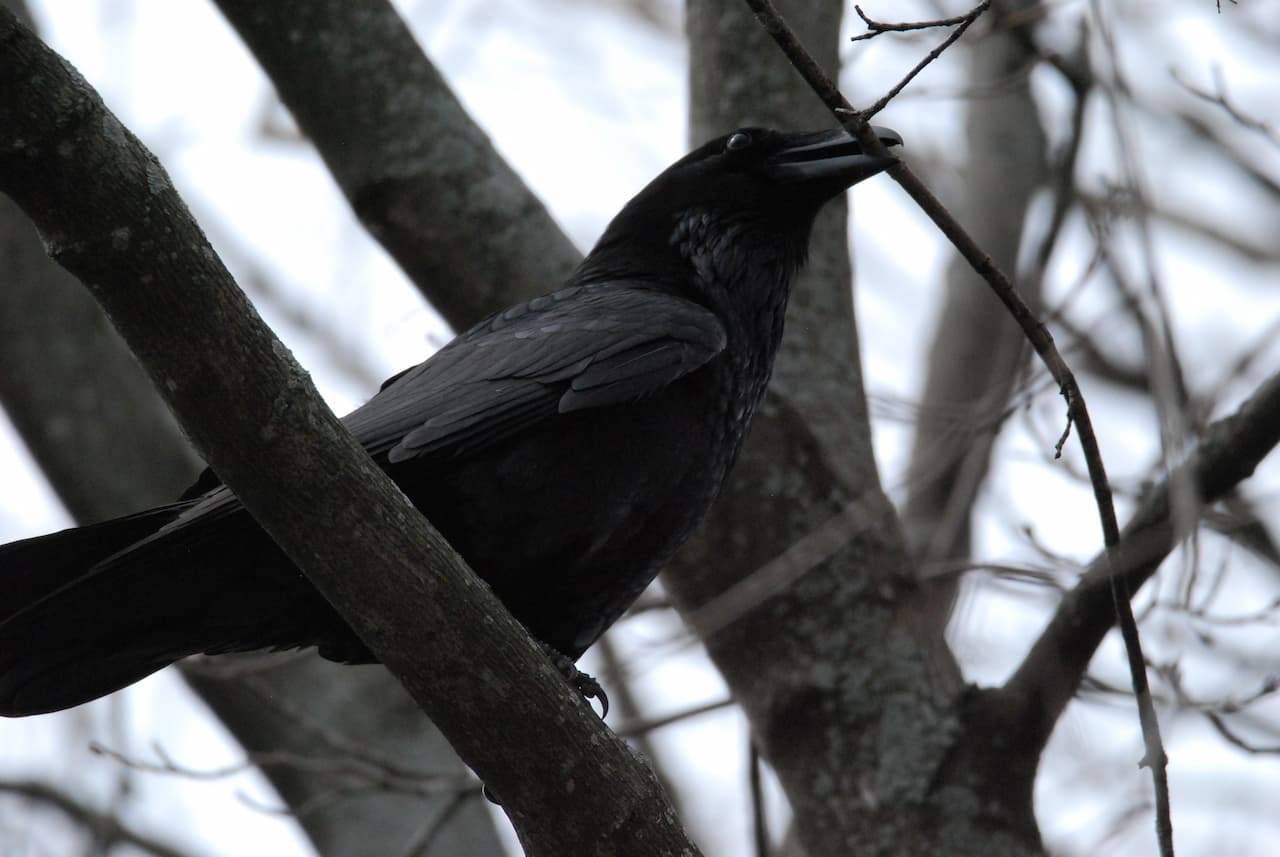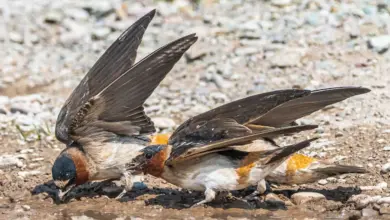Bare-eyed Thrushes (Turdus nudigenis)
The Bare-eyed Thrushes or Yellow-eyed Thrush (Turdus nudigenis) is a resident breeding bird in the Lesser Antilles and in South America from Colombia and Venezuela south and east to northern Brazil.
In Trinidad and Tobago, this thrush is also known as the ‘Big Eye Grieve’.
The habitat of this large thrush is open woodland, forest clearings and cultivation.
The nest is a lined bulky cup of twigs low in a tree. The two to three reddish-blotched deep-blue eggs are incubated by the female alone.
The Bare-eyed Thrush is 23-24 cm long and weighs 60g. It is plain olive-brown above and paler brown below. The throat is brown-streaked off-white, and the lower belly is whitish.
It has a prominent yellow eye ring which gives rise to its English and scientific names. Males and females look alike, but young birds are flecked above and spotted below, and have a thinner eye ring.
There are two poorly defined races, differing mainly in the darkness of the plumage.
The Bare-eyed Thrush mainly feeds on or near the ground on fruit, berries and some insects and earthworms.
It is a shy species, but on Trinidad and Tobago it is much tamer, and will come to feeders and take food from tables.
The song is a musical warble, slower and lower pitched than Cocoa Thrush, and it also produces a cat-like queeoow call and, when uncomfortable, emits a Kereel.





